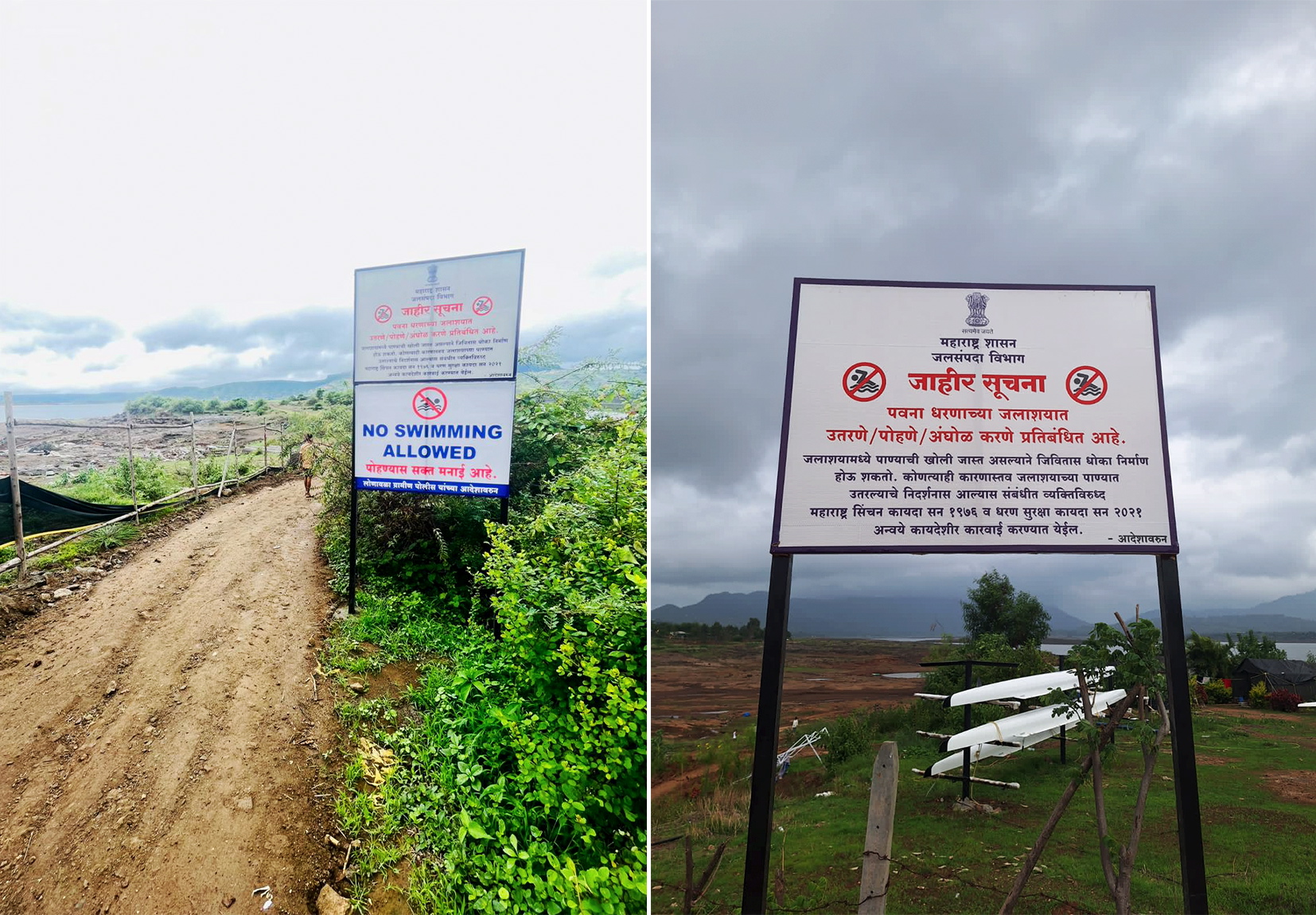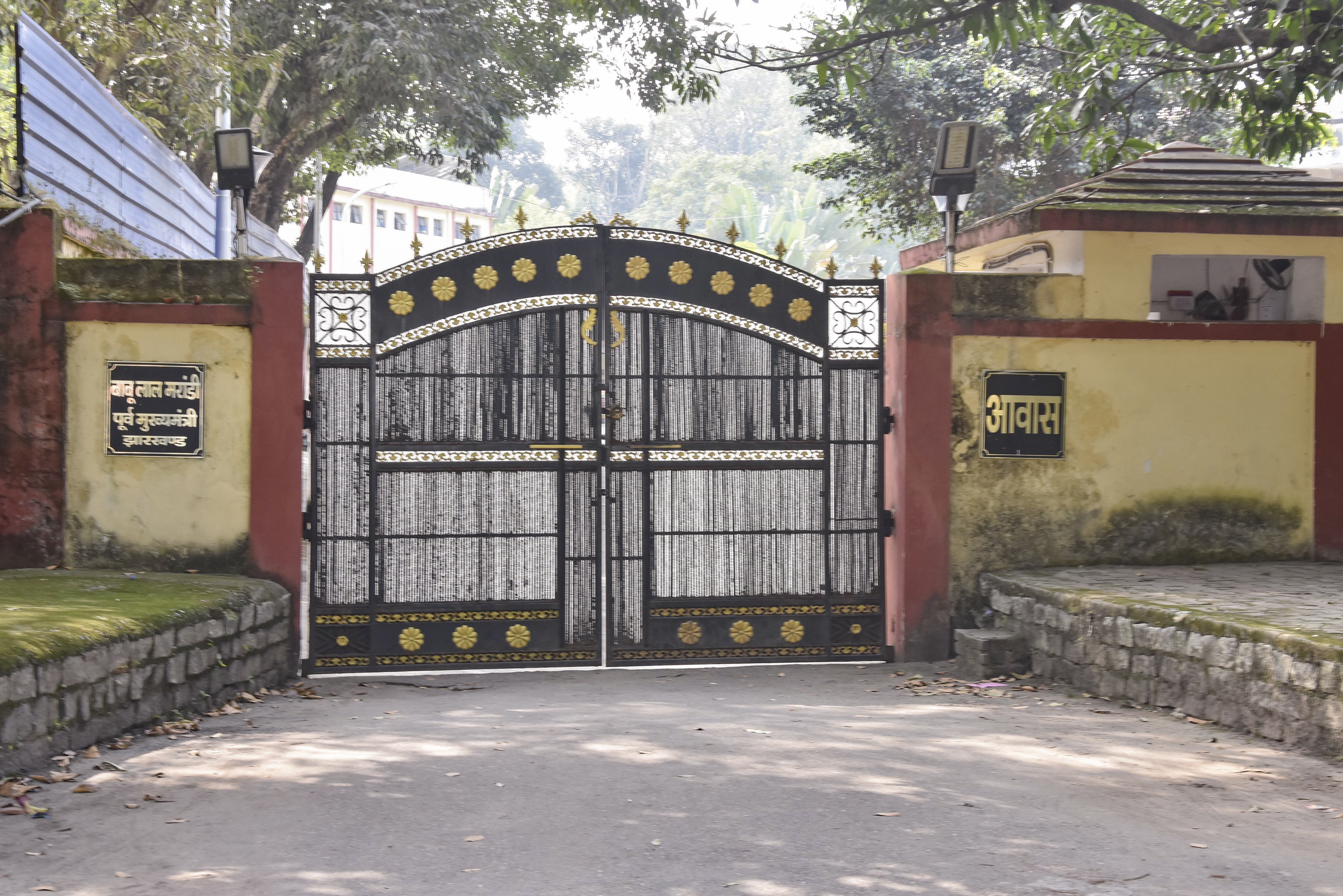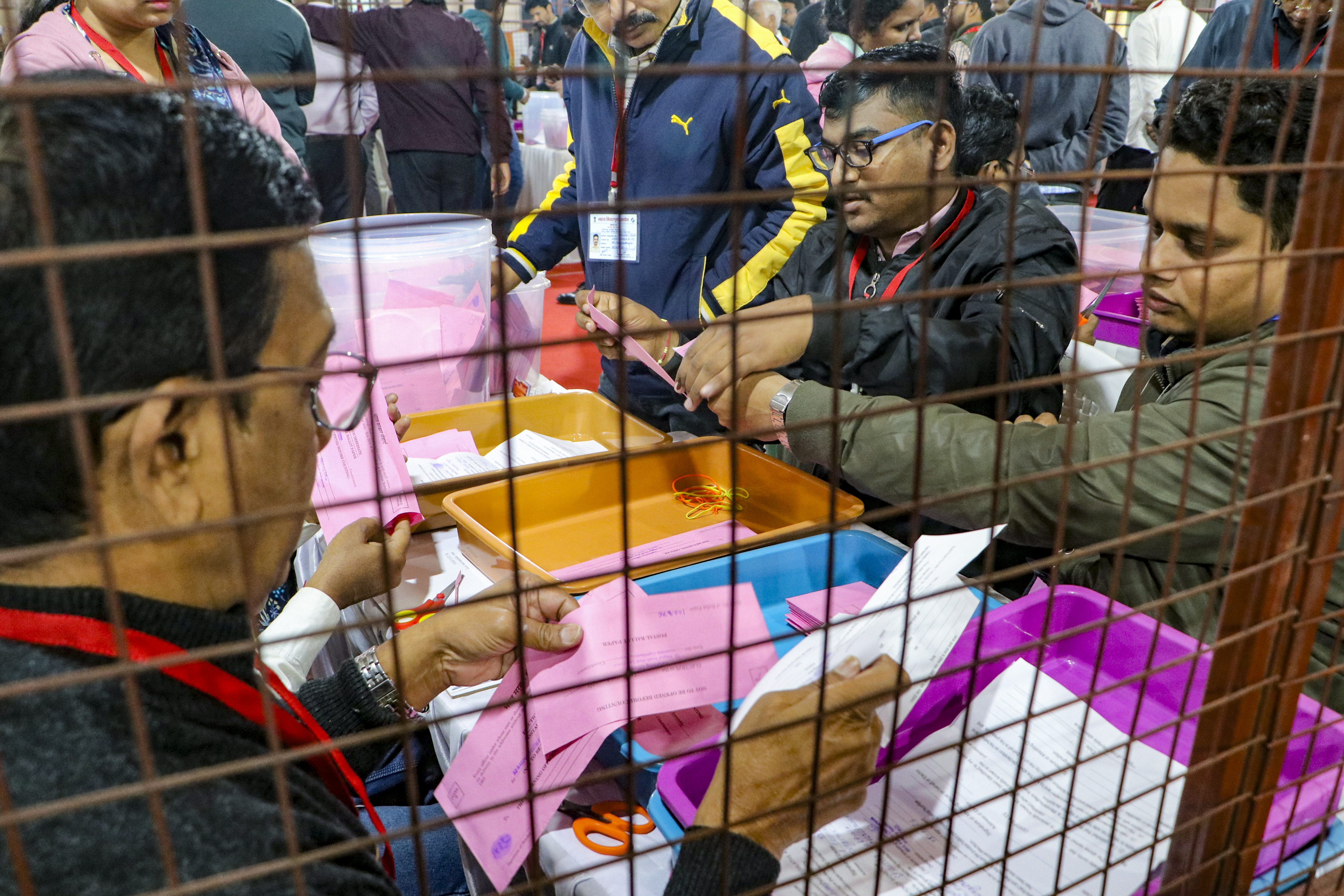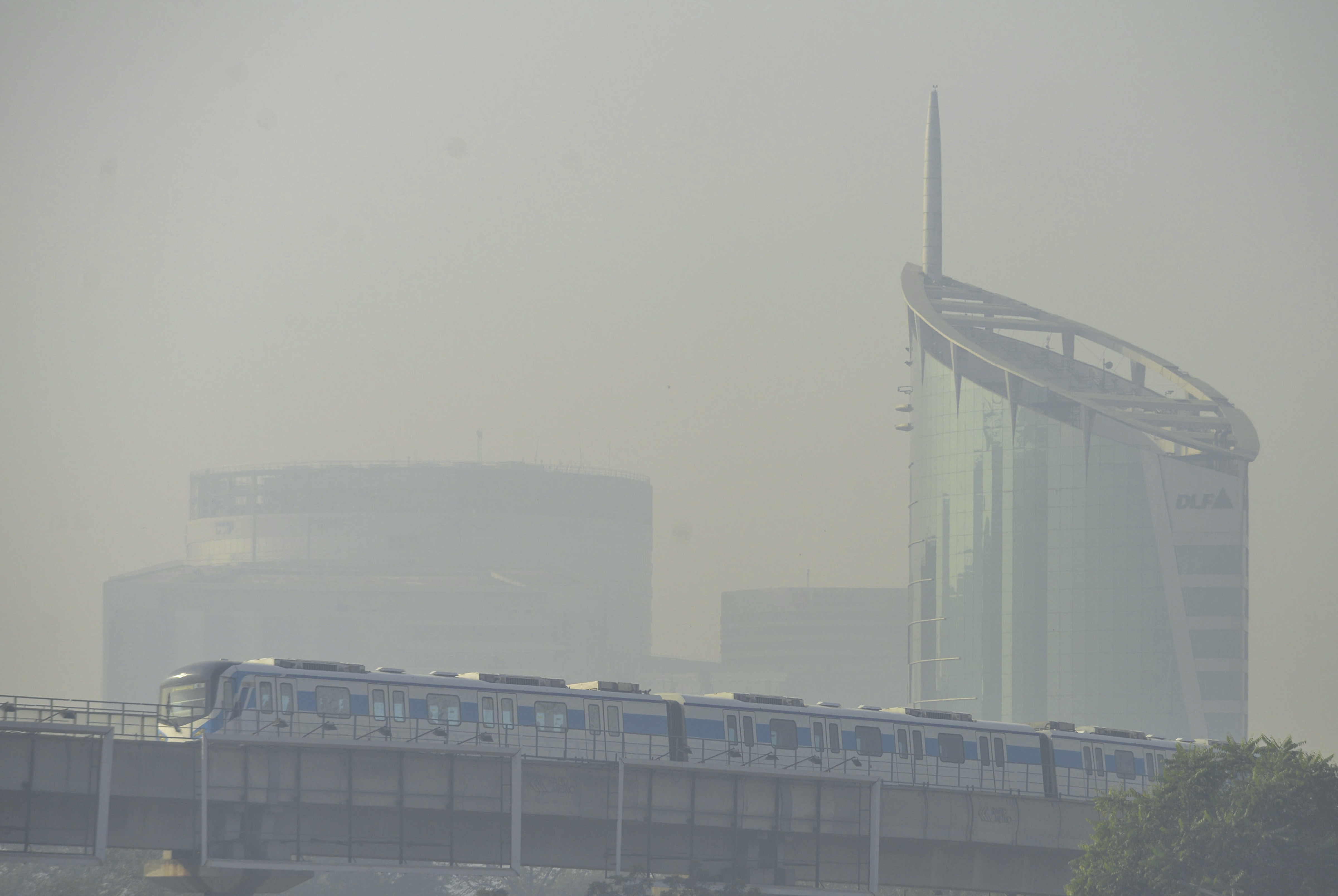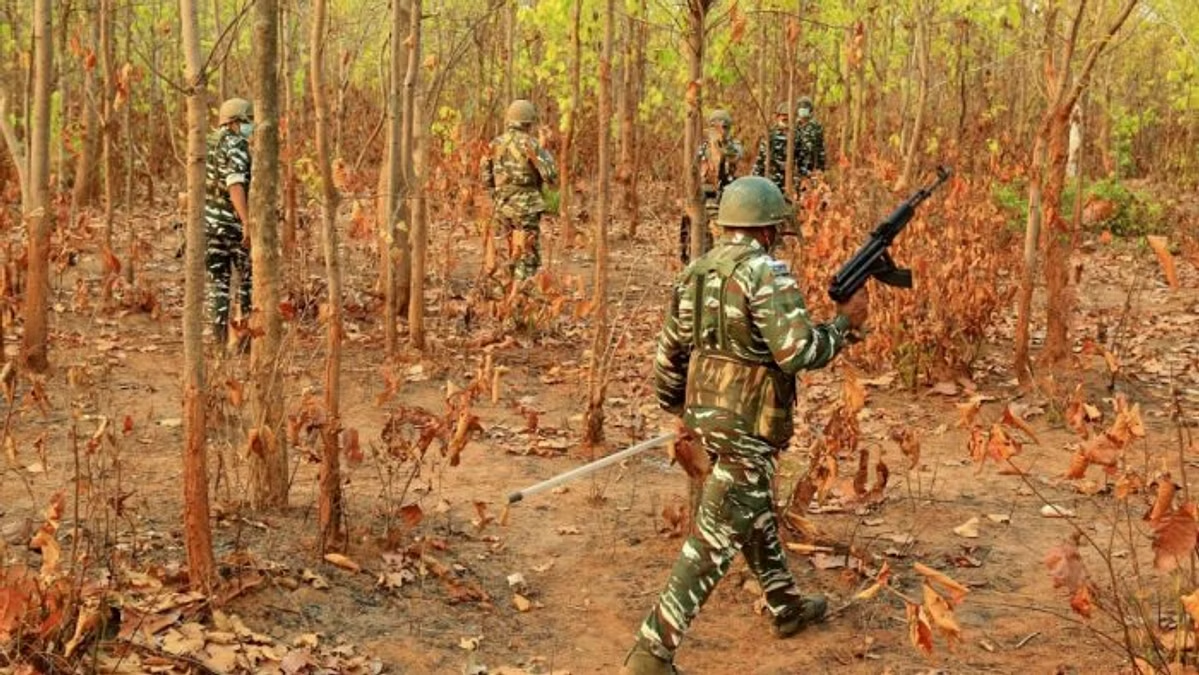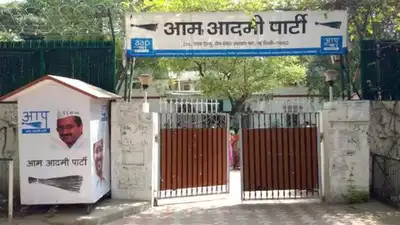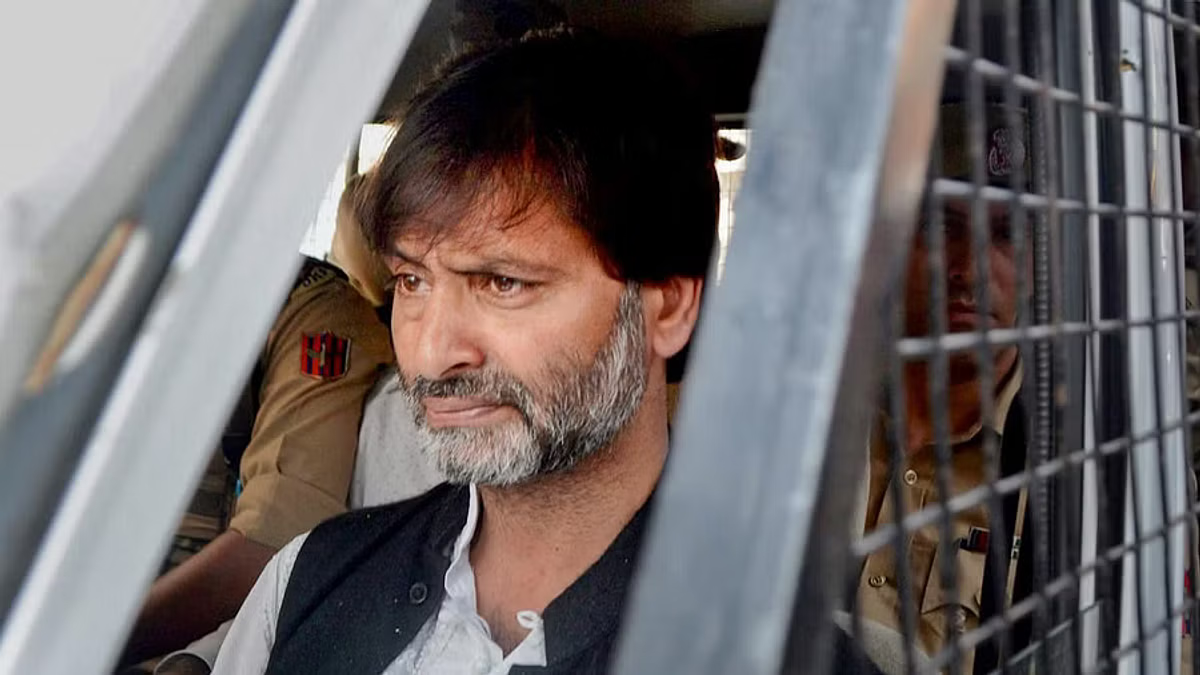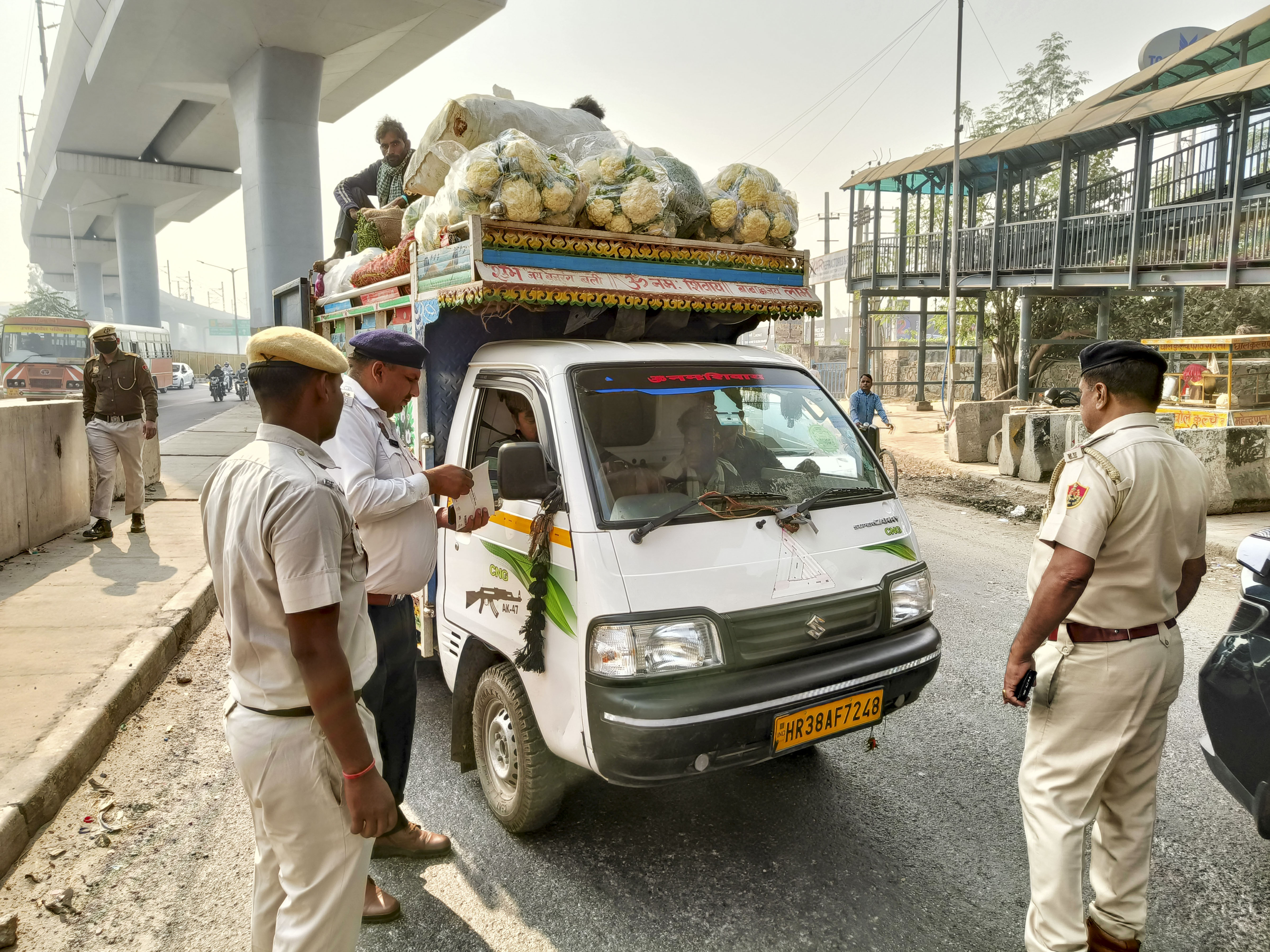Tragic drownings spark calls for enhanced safety measures at Pavana Dam
The latest incidents involve the heartbreaking losses of 20-year-old Manish Shankar Sharma in January and 18-year-old Adwait Verma in June, both succumbing to the waters of the reservoir
PTI
-
The unfortunate events are part of a disturbing trend of drownings that have plagued the Pavana Dam. PHOTO: PTI
PUNE, 30 JUNE
The serene surroundings of the
Pavana Dam in Lonavala have been marred by a series of tragic drownings,
prompting urgent calls for enhanced safety measures in the region. The latest
incidents involve the heartbreaking losses of 20-year-old Manish Shankar Sharma
in January and 18-year-old Adwait Verma in June, both succumbing to the waters
of the reservoir. These unfortunate events are part of a disturbing trend of
drownings that have plagued the Pavana Dam area, drawing attention to the need
for improved safety protocols.
Local authorities, including the
police and the irrigation department, have expressed concerns over tourists
ignoring warning signs and venturing into dangerous waters. Senior Police
Inspector Kishor Dhumal emphasised the importance of preventive measures, such
as increasing police presence, installing metal fencing, deploying more
lifeguards, and marking danger zones with visible signs.
"Anticipating the influx of
tourists during the monsoon, we convene meetings with police Patils from over
20 villages around the dam. We instruct them to prevent tourists from entering
the water bodies. We also direct camping sites and resorts to restrain their
guests from approaching the water," Dhumal told PTI. Police-Patils are
village-level personnel, appointed by the concerned collector, who assist the
police in maintaining law and order in rural areas. The officer said drownings
occur because victims fail to gauge the water's depth.
"The responsibility for safety
measures lies with the irrigation department. We have suggested several
measures, including installing metal fencing around the waterfront, deploying
more lifeguards, and providing a patrolling boat equipped with rescue
teams," he said. He also emphasised the need to mark danger zones with
floating red signs to deter tourists from venturing into hazardous areas. However,
challenges remain, including manpower constraints and the vast perimeter of the
dam, making it difficult to monitor every inch of the area effectively.
The irrigation department official
highlighted the need for policy decisions to enhance safety, suggesting
measures like additional fencing and warning boards at strategic locations. "Given
the expanse, it is impractical to deploy personnel at every kilometre. The only
feasible solution is to install metal fencing before the waterfront. This
requires a policy decision from the state government," the official, who
spoke on condition of anonymity, stated. The official also stated that they
continuously instruct camping site operators to monitor their guests and
prevent them from going near the water bodies.
"Enough number of warning
boards has also been put at different places around the dam," he said. According
to the Lonavala Rural Police, four persons have drowned in the Pavana Dam since
January 2024. The rescue organisation Vanyajeev Rakshak Maval (VRM) reported
recovering 27 bodies from various water bodies in Maval tehsil between March
and May this year. Organisations like the VRM have been actively involved in
retrieving bodies and responding to distress calls, stressing the importance of
caution and adherence to safety guidelines.
Nilesh Garade, the founder
president of VRM, said most of the drownings occur because victims fail to
assess the depth of the water. "Swimming in the dam is strictly
prohibited, and there are warning boards placed around the dam's periphery.
Despite this, many tourists ignore these warnings and enter the water,"
Garade explained. He added that VRM's 200 volunteers respond to distress calls,
equipped with rescue boats and trained in administering CPR to rescued victims.
Garade called for more safety measures, including additional fencing at
dangerous spots, more warning boards, and more lifeguards.
"Tourists should avoid
entering the water, and if they do, they should wear life jackets," he
urged. As calls for stricter safety measures grow louder, regular visitors like
Aditya Kadam urge both tourists and authorities to prioritise safety to prevent
further tragedies. "Even though we know how to swim, we exercise extreme
caution while entering the unknown waters in the dam region. There are spots
with deep ditches that are not visible while swimming. While tourists should be
careful, authorities must also implement more safety mechanisms to prevent
drownings and save lives," he said. With the number of drownings on the
rise, a collective effort is required to ensure the protection of lives in this
popular tourist destination.
Leave a Reply
Your email address will not be published. Required fields are marked *








